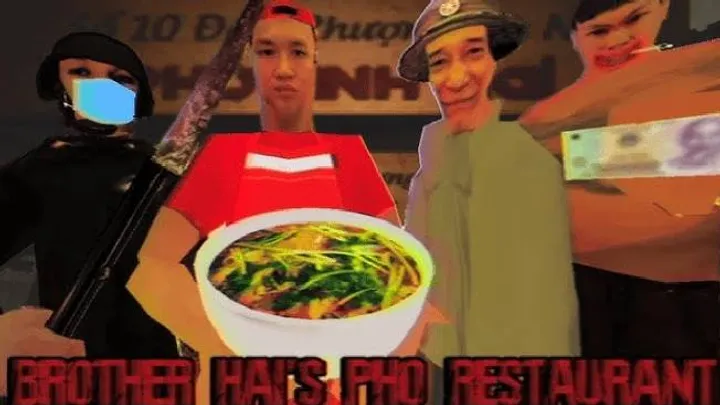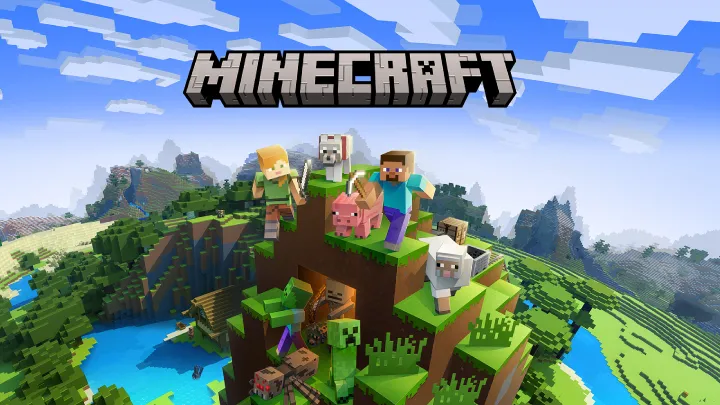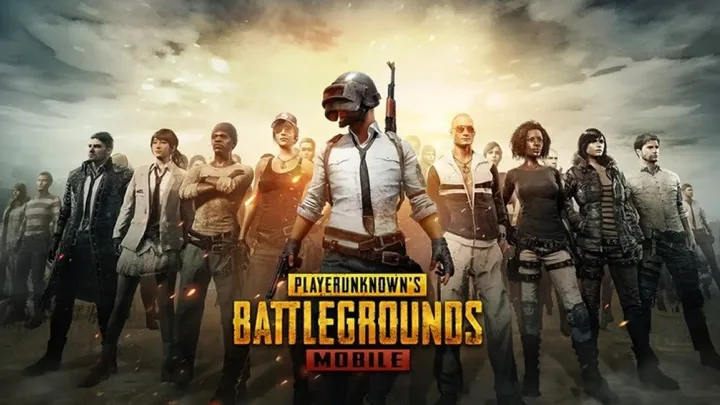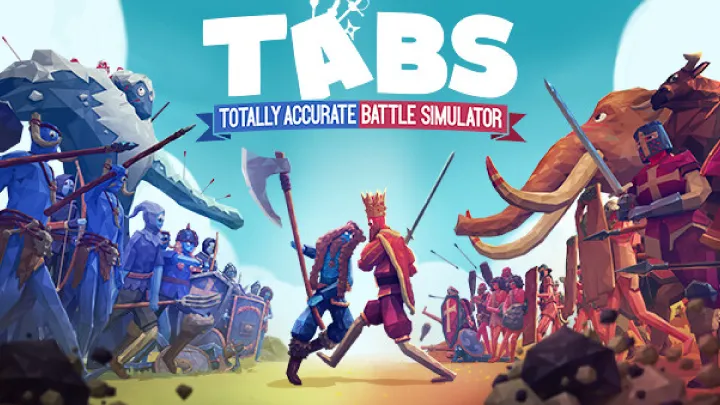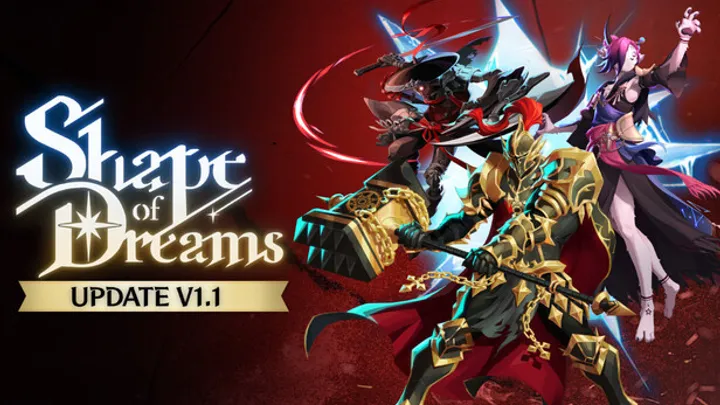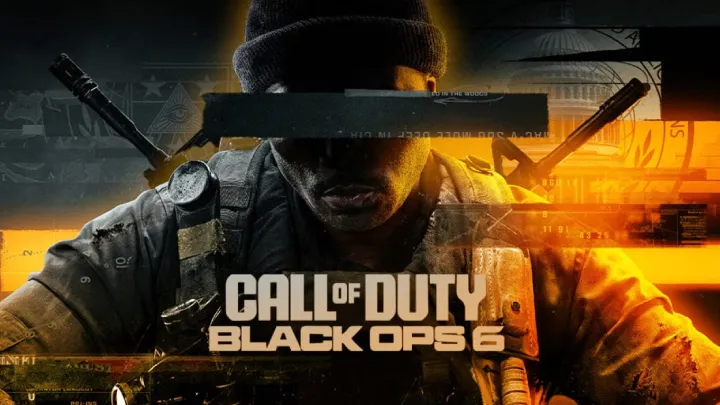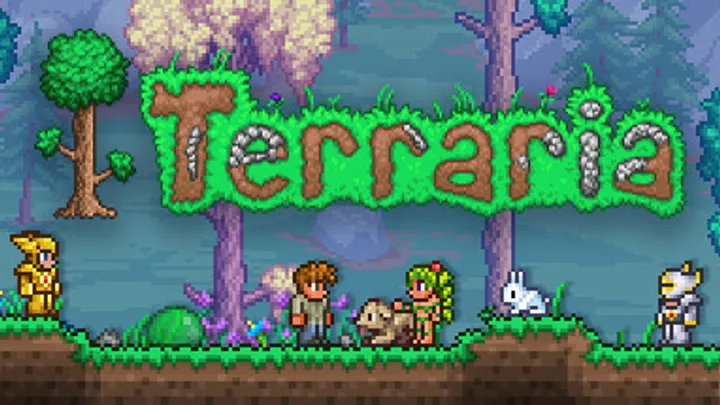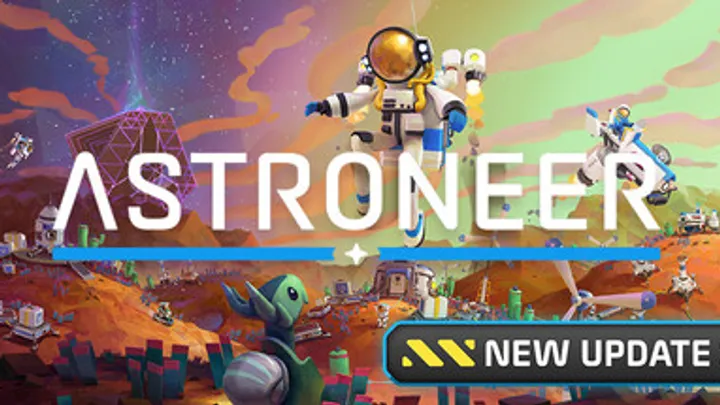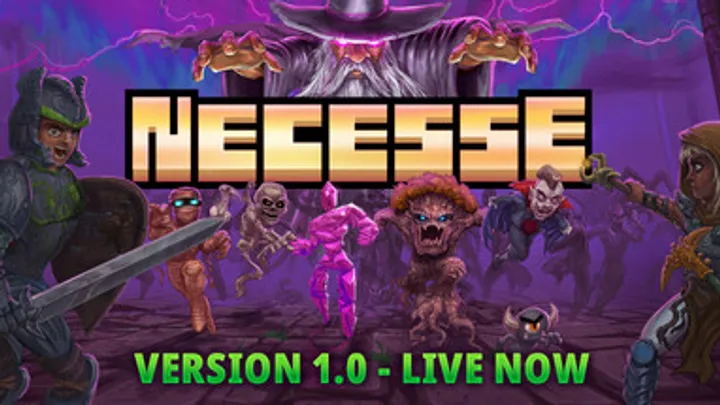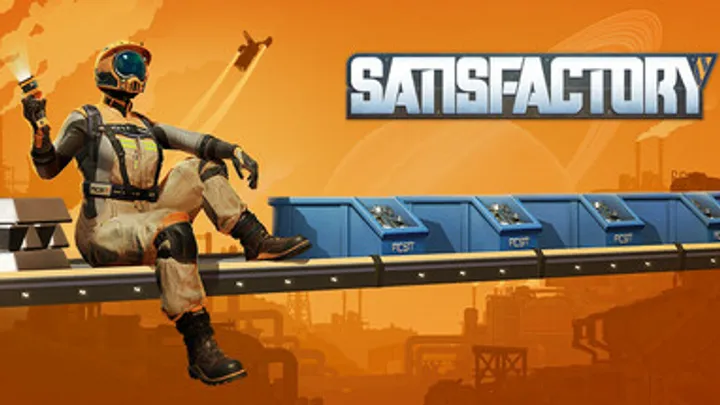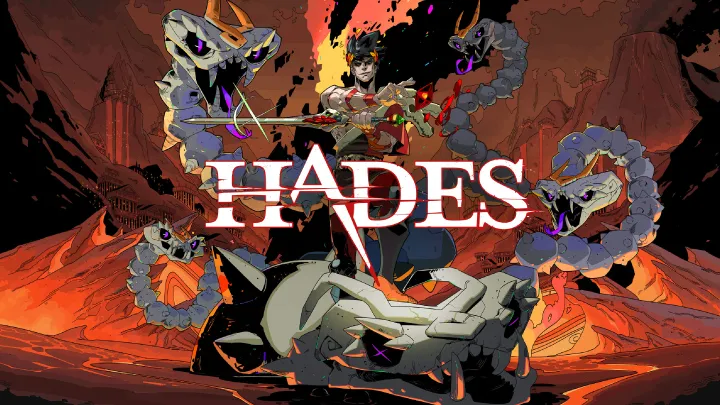Introduction
Subway Surfers, developed by Kiloo and SYBO Games and released on May 24, 2012, for iOS, Android, and later additional platforms, stands as a pioneering endless runner that has captivated players worldwide. This mobile title introduces players to the role of Jake, a graffiti artist fleeing a relentless inspector and his dog through subway tracks, collecting coins and power-ups along the way. Priced as a free-to-play game with in-app purchases ranging from $0.99 to $99.99, it gained massive popularity through its accessible gameplay and frequent updates, including the World Tour feature. Early feedback highlighted its addictive nature and vibrant design, though concerns about in-app purchases and ad frequency have persisted. This review explores its narrative, world, gameplay, and technical execution to evaluate its enduring appeal as a mobile gaming classic.
Narrative & Storytelling
Subway Surfers crafts its narrative through a simple yet engaging premise rather than a deep campaign. Players embody Jake—or other unlockable characters—caught in the act of tagging a subway train, sparking a chase that forms the game’s core story. The narrative unfolds through brief cutscenes and character backstories, revealed as players unlock new figures like Tricky or Fresh, hinting at their motivations and personalities. Seasonal events, such as Halloween or World Tour stops, add thematic layers, with limited-time characters and missions enhancing the storytelling experience.
However, the lack of a structured storyline might leave some wanting a richer plot, as the experience relies on the repetitive chase to drive its narrative—epic escapes or high-score milestones—that evolve with player skill. The storytelling shines in its lighthearted tone and cultural nods through World Tour locations, though its depth depends on the player’s investment in unlocking content, making it a fun, emergent tale for casual players.
World & Environments
The world of Subway Surfers centers on a dynamic subway network, featuring tracks lined with urban landscapes that shift with each World Tour update—vibrant streets of Tokyo, historic alleys of London, or tropical vibes of Rio. These environments are rendered with bright, cartoonish visuals, enhanced by dynamic obstacles like trains, barriers, and seasonal decorations, creating a constantly evolving backdrop. Sound design, with upbeat music, train horns, and crowd cheers, builds an energetic atmosphere, while weather effects like rain or snow add visual variety.
Yet, the reliance on linear tracks might limit environmental depth over time, as the focus remains on forward motion rather than expansive exploration. The design prioritizes a fast-paced, changing aesthetic, which could feel repetitive for players seeking diverse settings. Community feedback celebrates the colorful updates and weather effects, though some note the lack of interactive elements, suggesting a world that excels in energy but may benefit from added interactivity to sustain engagement.
Gameplay Mechanics
Core Loop
The core loop revolves around endless runs, where players dodge obstacles and collect rewards within 5-15 minute sessions, offering a quick, addictive rhythm. The cycle of running, upgrading, and chasing high scores drives a compelling flow, encouraging repeated attempts.
On-Field Mechanics
The gameplay hinges on intuitive swipe controls, allowing players to jump, slide, or switch lanes to avoid trains, barriers, and other hazards, with speed increasing over time. Power-ups like jetpacks, hoverboards, and coin magnets add tactical depth, while character abilities—such as double jumps—introduce variety, though balance issues with difficulty spikes can challenge flow. The mechanics reward reflexes and timing, demanding practice to master their pace.
Mode-Specific Features
The primary mode focuses on endless running, with missions and events like Word Hunts or Season Challenges providing goals, such as collecting letters or achieving distances. The shop system enables character and board unlocks with coins or keys, offering progression, while daily challenges add fresh tasks. The variety of objectives caters to different playstyles, but balance adjustments for event difficulty and reward rates lag, a point raised in early feedback.
Progression & Multiplayer
Progression includes earning coins, keys, and character unlocks, balancing grind with cosmetic rewards in a system that feels satisfying based on initial play. The game lacks traditional multiplayer, but its competitive edge shines through leaderboards and shared high scores, though the absence of co-op limits social play. The progression system thrives on individual achievement, requiring refinement to enhance accessibility.
Technical Execution
Subway Surfers delivers a visually appealing experience with its cartoonish graphics, detailed characters, and dynamic environments, though older devices might face lag during crowded runs. Post-launch updates have addressed stability, but occasional crashes during events persist. Audio impresses with catchy tracks and sound effects, though repetitive loops can detract over long sessions.
Controls are responsive with precise swiping, offering a natural feel across touchscreens, though the lack of controller support limits versatility. Ongoing updates are refining core systems, but initial technical hiccups suggest continued optimization is needed. The execution supports the runner focus, with visuals and audio as strengths amid polish challenges.
Community Feedback
Subway Surfers has cultivated a passionate community, with early praise for its addictive gameplay, World Tour updates, and character variety, though concerns about ads, microtransactions, and moderation surface from player discussions. Excitement for seasonal events and high-score chases is widespread, but frustration with in-app purchase pressure and ad frequency persists. Community feedback drives development, sustaining interest, and player retention remains strong, fueled by the game’s dedicated fanbase.
Criticism centers on technical stability and monetization, with players noting crashes and a desire for less intrusive ads, alongside debates over event fairness. The community’s active input shapes updates, reflecting a group eager to see the game evolve into a balanced experience.
Final Verdict
Subway Surfers delivers a thrilling endless runner with its vibrant updates and addictive mechanics, celebrating the joy of high-speed chases. Its dynamic world and power-up variety shine, though ad frequency and technical issues pose challenges. It’s a must-play for casual gamers, with patience required as updates refine the experience.














































